When jasmine blooms, why may there be no flowering?
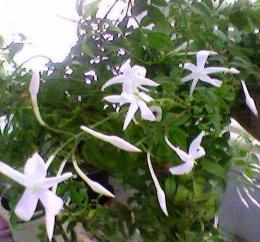
Jasmine - extraordinarily beautiful ampelous plant. It is famous for the characteristic aroma that the flowers emit. It is grown in open ground in gardens and parks. Some gardeners prefer to keep the plant indoors. When does jasmine bloom and how to properly organize its contents?
Content:
- Distinctive features of the plant
- Common varieties, features
- Time and duration of jasmine flowering
- Common reasons for lack of flowers
- Shrub care basics
- How to transplant and prune
- Why doesn't indoor jasmine bloom?
- Symptoms of pests, methods of control
Distinctive features of the plant
Jasmine is classified as an angiosperm dicotyledonous plant of the olive family. It is often confused with the mock orange bush, a member of the family hydrangea. The inflorescences of the plant have a similar aroma, however, the botanical characteristics are different.
In nature jasmine grows in warm climate zones. These are the tropical and subtropical parts of Africa, Australia and Asia. Some species live in South America.
Jasmine is an erect or climbing shrub, reaching a height of 10 m. The green stems are covered with tripartite opposite pinnate leaves of a dark green color. Over time, the lower part of the plant becomes covered with wood.
Flowering begins no earlier than in the second year of life.At the tops of the shoots there are white, yellow or pale pink flowers of regular shape, which are collected in shields. A delicate aroma emanates from the flowers. The smell is quite intense. By posting jasmine in the room, such properties must be taken into account.
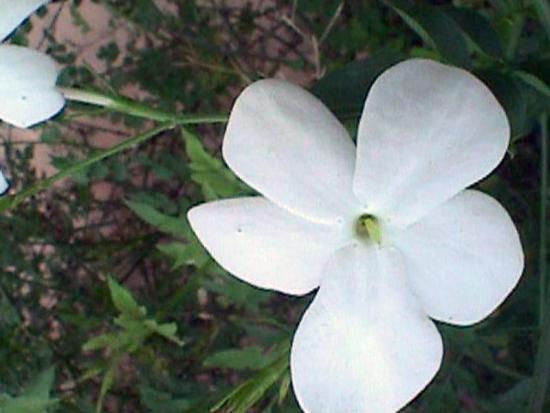
The corollas of the flowers resemble a thin tube in which two threads are located. After a while they turn into berries. Jasmine fruits should not be eaten.
Interestingly, when the air temperature drops to -6, the above-ground part of the jasmine freezes over. When spring arrives, new growth forms and the branches are restored. This feature does not interfere with annual flowering.
Eastern cultures are revered jasmine and call it a symbol of love. All over the world, the flower is used to flavor tea. In parks and winter gardens, the plant is grown for decorative purposes.
Common varieties, features
Jasmine blooms are luxurious. Some varieties do not bloom at all and are used for landscaping. To date, 200-250 species are known. Here are the most common varieties of jasmine.
Drug
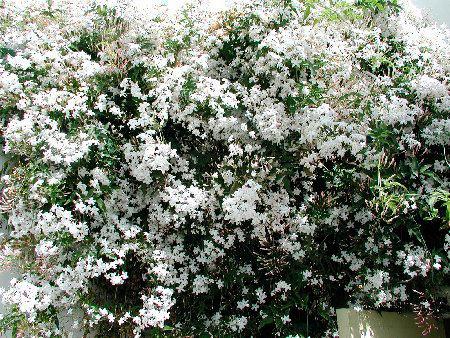
Jasmine with long climbing branches. Small white flowers form umbrella-like inflorescences. The color of the leaf blade changes from light green at the bottom to a dark shade at the top. The plant is used for medicinal purposes.
Polyanthus
A variety with climbing branches that grow strongly. The foliage and shoots of the plant are covered with hairs, due to which the color acquires a grayish tint. The flowers resemble stars and come in clusters, and the leaves are heart-shaped. The polyanthus (or multi-flowered) variety blooms for almost a whole year.
Sambac
The Sambac (or Arabian) variety grows in the tropics and does not survive in temperate climates.Under comfortable conditions it can bloom all year round.
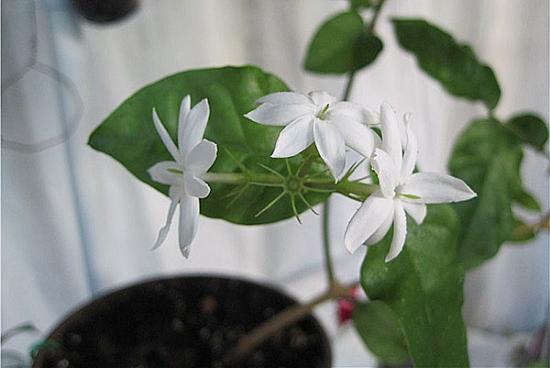
Sambac has several subspecies and is used to flavor tea. White inflorescences have a pronounced aroma; they are semi-double and double. Jasmine Sambac is the national flower of Indonesia.
Large-flowered
Flowering of large-flowered jasmine begins in June and lasts 5 months. The flowers are white, large, 2.5 cm in diameter, collected in umbrella inflorescences, variegated leaves. This variety is considered the most unpretentious and is grown in our latitudes.
Terry
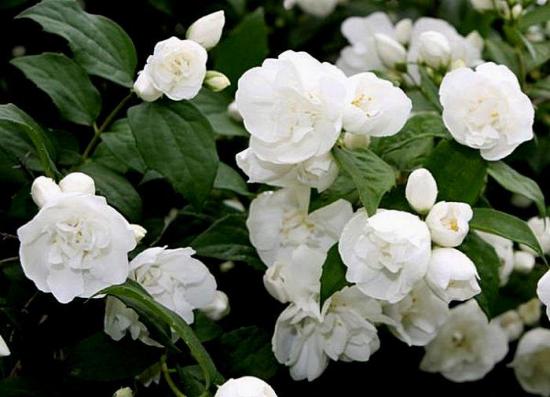
Terry jasmine Minnesota Snowflake is loved for its lush double flowers that exude a subtle sweetish aroma. It is grown as a garden plant for decorative purposes.
Holofloral
Holofloral jasmine is a creeping shrub. Flowering begins in winter after some of the foliage has fallen. The variety is grown in our climate zone. Holofloral jasmine is easy to care for, but is sensitive to temperature changes.
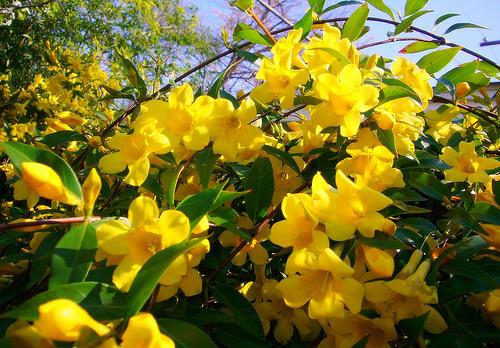
Shrubby
An erect shrub 1.5 m high. Jasmine has a flexible stem. The flowers are folded into half-umbrellas.
Time and duration of jasmine flowering
Jasmine – a heat-loving plant that grows mainly in warm climate zones. Breeders have bred species that are more resistant to external conditions. Thanks to their lush flowering, jasmine bushes began to be used for landscape design and site decoration.
Plants produce buds for 2-4 years of life, depending on the variety. For most types of jasmine, flowering begins in June and ends with the onset of frost. Some varieties bloom from early spring to late summer.
Winter jasmine blooms from January to April.Plants such as polyanthus jasmine or jasmine, under favorable conditions, produce flowers all year round.
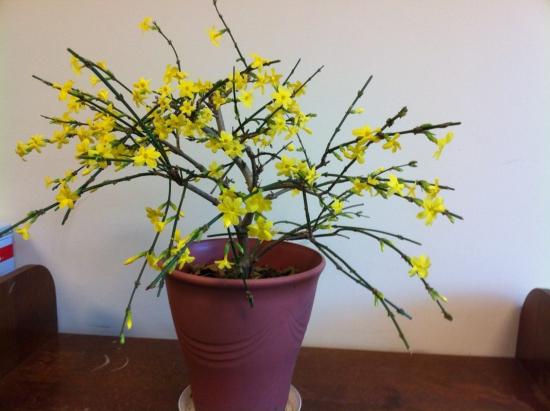
With good maintenance and active fertilization, jasmine produces buds 2-3 weeks earlier. The inflorescences are collected from July to November. Flowers bloom in the evening.
When does indoor jasmine bloom?
The plant is characterized by a period of winter dormancy.
Flowering can begin from early spring to autumn. As a rule, the flowers last about 3 weeks, after which they fall off and fresh shoots form.
Jasmine smells intensely, which is especially noticeable in a closed space. A strong odor can cause headaches in humans. Therefore, it is advisable to take the container with the plant to another room at least overnight.
Common reasons for lack of flowers
Jasmine in the garden is a wonderful sight. Many gardeners dream of having a plant in their home. It happens that the owner cannot wait for the fragrant flowers. Here are the most common reasons for long-term absence flowering.
Plant age
If the jasmine is still very young, it is too early to expect flowers. After planting you will have to wait at least a couple of years. Make sure the plant has reached the required age.
The soil
When planting a plant, make sure the soil is acidic. In alkaline soil, jasmine may not bloom at all.
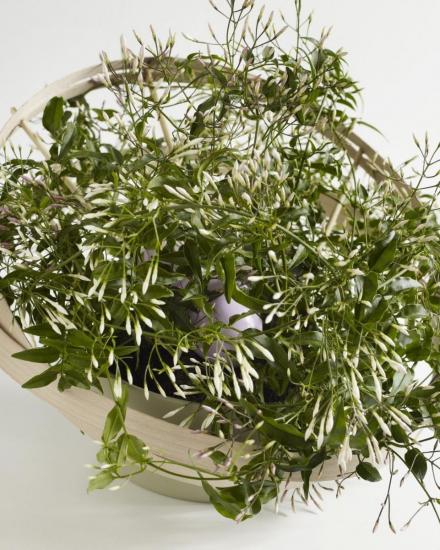
Excessive growth of shoots
If the jasmine is not pruned, all the energy may be spent on growing shoots. The suitable height of the bush is no more than 1.5-2 m. Already with a growth of 3 m, flowering is often absent.
Diseases
If buds do not form for a long time, pay attention to the general condition of the shoots and leaves. The plant may be infected with a fungus or parasites.
Lack of light
Most varieties prefer sunny areas.However, there are also lovers of shade or partial shade. Make sure the lighting is appropriate for your species.
Incorrect selection of fertilizer
Excess nitrogen fertilizing can negatively affect the plant. Try replacing them with superphosphates or potassium sulfates.
Moisture stagnation
If jasmine grows in an area with surface water, stagnation may occur. This situation negatively affects the roots and can provoke rotting.
If your shrub does not form buds, make sure that all negative factors are eliminated. Providing optimal conditions allows you to achieve fragrant flowering.
Shrub care basics
In order for the plant to have a healthy appearance and be covered with lush flowers, optimal maintenance is necessary. Don't ignore the following care items.
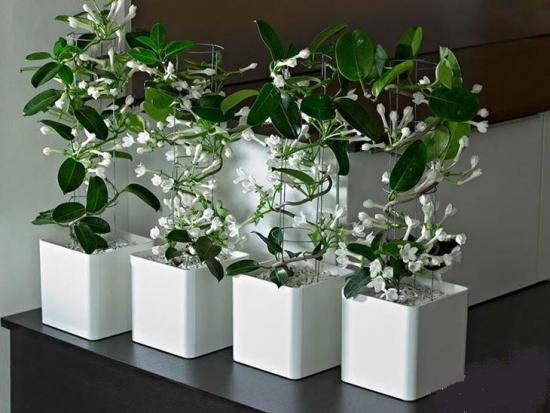
Loosening
Loosening in the root zone is carried out at least twice during the summer to improve oxygen circulation. Don't forget about deleting weed.
Watering
In hot weather, moisture evaporates very quickly. The plant requires at least 30 liters of water every two days.
Shelter for the winter
Modern varieties frost-resistant. However, if your area is expecting a harsh winter, you can build a shelter. Be sure to protect young plants from frost for the first 2-3 years.
Trimming
Trimming required to maintain a decorative appearance. Remove faded inflorescences.
Top dressing
Liquid fertilizers are suitable for jasmine. Add mullein infusion or mineral complexes. At the end of flowering, feed with superphosphate, covering with wood ash.
Garter
Adult specimens need support, especially the curly ones. This will provide a neat appearance and additional support.
Adapted types of jasmine are stable and unpretentious.However, if you want the bush to have a decorative appearance, take time to care for it.
How to transplant and prune
To ensure that the jasmine bush does not waste energy in vain, it is necessary to regularly pruning. Without such a procedure, the plant may not bloom and grow greatly - up to 10 m. The optimal size of the bush is 1-2.5 m in height. There are several types of pruning.
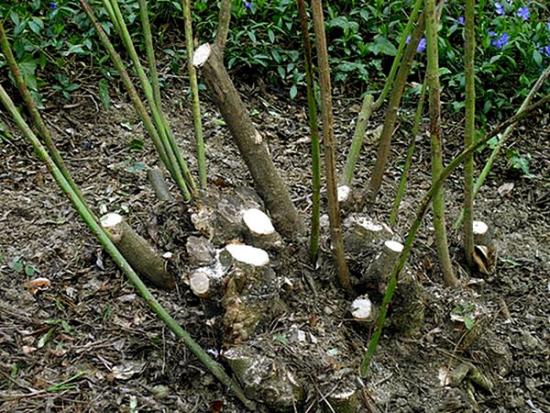
Annual spring
In spring, the plant is pinched to stimulate flowering and form a crown of the correct shape. No later than the end of April, light pruning is carried out. Remove snow-damaged and frostbitten areas, old branches that will not bloom profusely. They shorten strong and long shoots, stimulating the growth of lateral shoots.
Annual autumn
After flowering, cut off weak, dry and fading shoots. All dried inflorescences are removed. Sections are processed garden varnish.
Rejuvenating
Radical pruning is carried out every 3-4 years. The procedure consists of completely removing old shoots. Several of the strongest and healthiest trunks are shortened by ½ of the length, and the rest are cut down near the ground. The cuts must be processed.
Next season, provide abundant watering and intensive fertilizing. In spring, new shoots are removed, leaving a few stumps. Jasmine resumes flowering two years after rejuvenating pruning.
Sometimes required transfer garden jasmine. It cannot be carried out during the period of active flowering. Before the procedure, the soil is watered abundantly and the shoots are shortened. After this, the bush is dug up and moved to the required location. Please note that jasmine does not bloom in the year of transplantation.
Why doesn't indoor jasmine bloom?
Indoor jasmine is an unpretentious plant.At home there is no cold or sudden temperature changes, which is only beneficial. However, it happens that jasmine does not bloom. Why is this happening?
Long absence of pruning
In order for indoor jasmine to bloom regularly, it is recommended to topping ends of branches. Each shoot should have no more than 8 pairs of leaves.
Low or high temperature
If you place the pot in a cold room or loggia, where the temperature is below +16 C, the plant may lose buds or not bloom. Thermometer readings above +24 C are undesirable.
Lack of moisture
Untimely watering in combination with high temperature or dry air has a negative effect on flowering. Don’t forget to use settled or filtered water to moisten the soil.
Wrong landing
The neck of the trunk should not be planted too deep. When planted more than 3 cm deep, the plant will not produce flowers.
Lighting
An important condition for the formation of buds is proper lighting. Indoor jasmine prefers diffused light. It is advisable to protect the pot from direct rays. The plant does not bloom in a dark room.
Just as with garden jasmine, pay attention to the composition of the soil. Check if the plant is under attack pests One or more of these factors cause jasmine to fail to produce flowers. Eliminate unfavorable factors and the problem will go away.
Symptoms of pests, methods of control
Like any plant, jasmine can be affected by diseases or parasites. To maintain the health of the flower, unfavorable sources should be eliminated.
Whiteflies, symptoms
Whiteflies drink the sap of the plant and leave a sugary coating. The leaves curl, and later dry out and fall off.Small white insects are visually noted.
Solution
For treatment, ready-made preparations Akellic, Agravertin or Intavir are used, which are diluted according to the instructions (usually 1 ml per 0.5 liter of water).
Tick, symptoms
When a red mite attacks, the leaves also suffer. Parasites leave behind whitish particles.
Solution
Ticks are eliminated by treating with a soap solution. If the parasites have not disappeared after the procedure, spray with a 0.15% Actellik solution 2 times a week.
Green leaf weevil, symptoms
The larvae of the parasite inhabit the leaves and suck cell sap. If you do not treat the plant, the whole bush dries out.
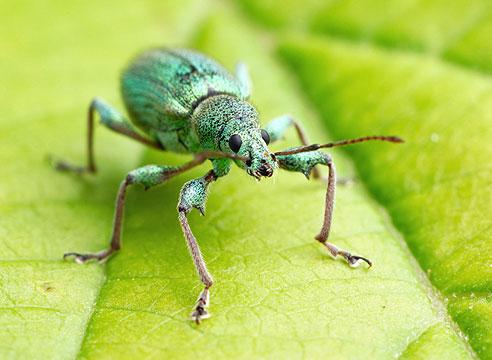
Solution
Treatment with insecticides (Actellik, Intavir).
House aphids, symptoms
Indoor jasmine is also affected by pests. If a cobweb has formed on the flower, it means an infection has occurred. aphids. As a result of the disease, growth slows down, and in the future complete drying is possible.
Solution
The drug Iskra Bio has proven itself well. For processing, dilute 1 ml in 1 liter. water.
If you find pests, take action immediately. Delay and inaction will destroy the flower.
Jasmine is a real decoration of the garden and personal plot. It is also contained as indoor flower. In order for the plant to delight with flowering and a neat appearance, you should remember about proper maintenance and timely care.
You can learn about the features of caring for jasmine by watching the video:

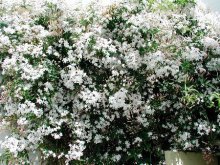
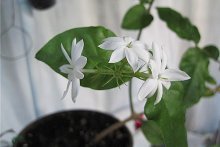
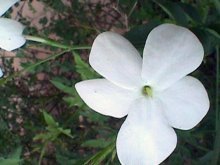
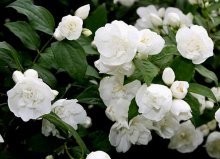
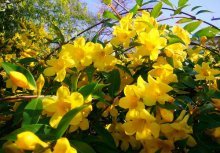
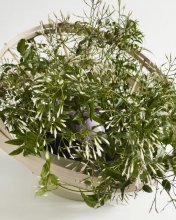
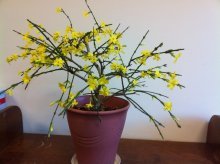
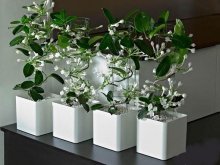
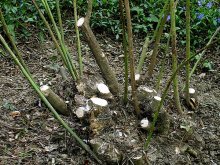
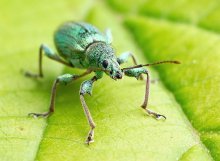
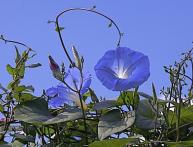
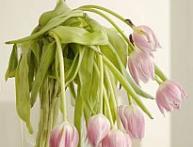
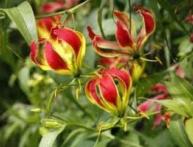
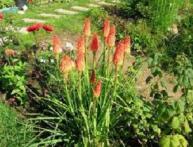
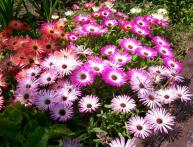
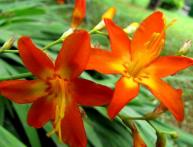
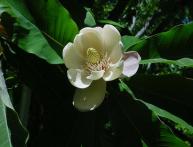
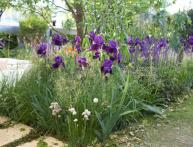
Comments
We have a gorgeous jasmine bush growing in front of our house, which is already about three meters in height. The main thing is to prune it correctly and annually, then there will be so many flowers that the greenery will not be visible behind them. Be sure to collect dried flowers in a canvas bag for the winter.It would be great with tea in winter!
Our jasmine has always bloomed well, there were no problems, this bush was growing when we bought the dacha. But the two bushes that we planted ourselves bloom with a much smaller number of inflorescences, although we take care of them and prune them correctly.
For many years, jasmine, a sambac variety, grew in the apartment. It bloomed mainly only in summer. As soon as one flower blooms, the aroma fills the entire apartment. Jasmine stood next to the window. When an additional lighting lamp was hung above it, it began to bloom in winter. Pruning was done in autumn and spring.